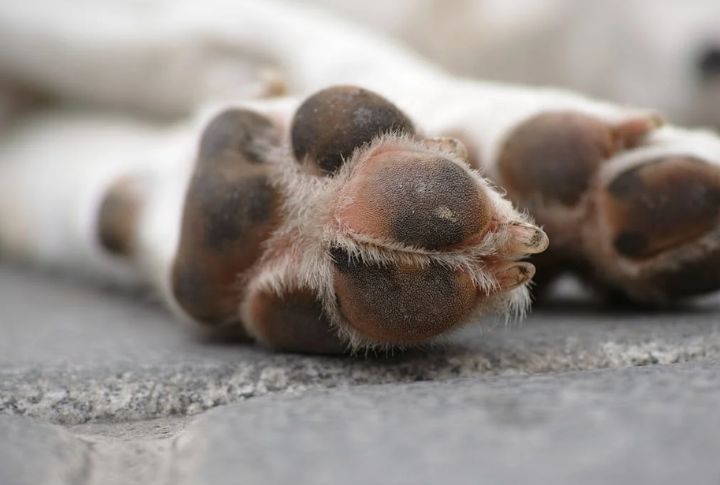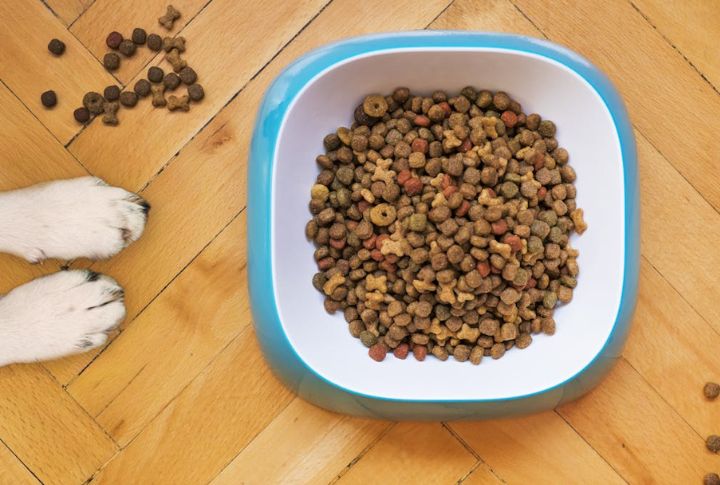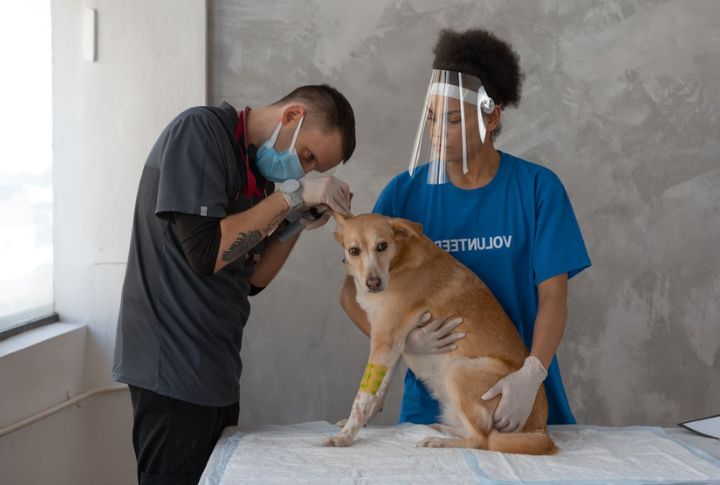10 Ways To Spot Vitamin Deficiency In Your Dog

A new habit here, a strange symptom there—it’s easy to chalk it up to quirks or aging. But dogs often speak through their bodies long before anything gets urgent, and subtle shifts can hint at bigger nutritional gaps. This article walks through 10 clear signs that could point to a vitamin deficiency.
Brittle Hair Or Excessive Shedding

That silky coat your dog had last month? It shouldn’t suddenly feel like straw. When vitamins A and E run low, the skin weakens, which causes more breakage and shedding. Over time, you may notice dullness and off-season molting that signals something deeper is off.
Unusual Fatigue Or Low Energy

If your dog’s favorite toy is sitting untouched, don’t brush it off. In reality, low B12 and D levels reduce muscle strength, which drains energy fast. Even playful pups can suddenly seem tired. So, if walks get shorter and naps stretch longer, it may be time to rethink nutrition.
Crusty Nose Or Cracked Paw Pads

Dryness on a dog’s nose or paws might seem minor, but it often builds gradually. As riboflavin and zinc levels decline, the skin loses flexibility and starts to crack more easily. Eventually, everyday movement feels uncomfortable, which explains why some dogs start hesitating at the door instead of rushing out.
Persistent Eye Discharge Or Cloudiness

Blinking more than usual? That’s likely more than just dust at work. As vitamin A runs low, the eyes gradually lose their ability to stay clear and moist. Consequently, tear glands start to falter, and vision turns hazy. In flat-faced breeds, these signs often appear earlier.
Frequent Digestive Upsets

You notice the change first in their routine—less interest in food, more surprise accidents. Then, it builds slowly. A deficiency in B12 or vitamin E disrupts gut function and weakens the lining, which makes digestion harder. In the end, bloating and diarrhea become familiar. And that’s when dogs really start to struggle.
Delayed Wound Healing

The scratch seemed harmless, yet it’s still there days later. That’s a common signal that the body’s repair crew is understaffed. Without enough vitamin C for tissue growth or K for clotting, small wounds linger. Especially in active dogs, repeated reopening can lead to licking and infections.
Behavioral Changes

One day, your dog is friendly; the next, it’s pacing the hallway. These shifts aren’t always behavioral quirks, as they can signal vitamin imbalances, especially B1 or D. Over time, mood regulation breaks down, and once-stable dogs may appear jumpy or unusually reactive for no clear reason.
Poor Appetite Or Sudden Picky Eating

Dogs that usually devour dinner but suddenly sniff and walk away may be showing signs of a more serious issue. When vitamin B levels drop, taste sensitivity can shift, and smell weakens, too. As this progresses, food becomes less interesting, and in puppies, that change can happen surprisingly fast.
Frequent Skin Infections

Zinc and vitamin E play a huge role in defending your dog’s skin. But when those levels dip, infections move in fast. What starts as occasional scratching may turn into constant irritation. With time, moisture and weakened skin create the perfect storm, especially in dogs with thick folds or jowls.
Abnormal Bone Growth Or Lameness

When a dog hesitates on stairs or shifts weight while standing, something may be off in the bones. That’s usually where a vitamin D gap shows up first. As calcium absorption slows, joint development suffers, particularly in larger breeds where extra weight adds pressure long before their frames finish growing.





